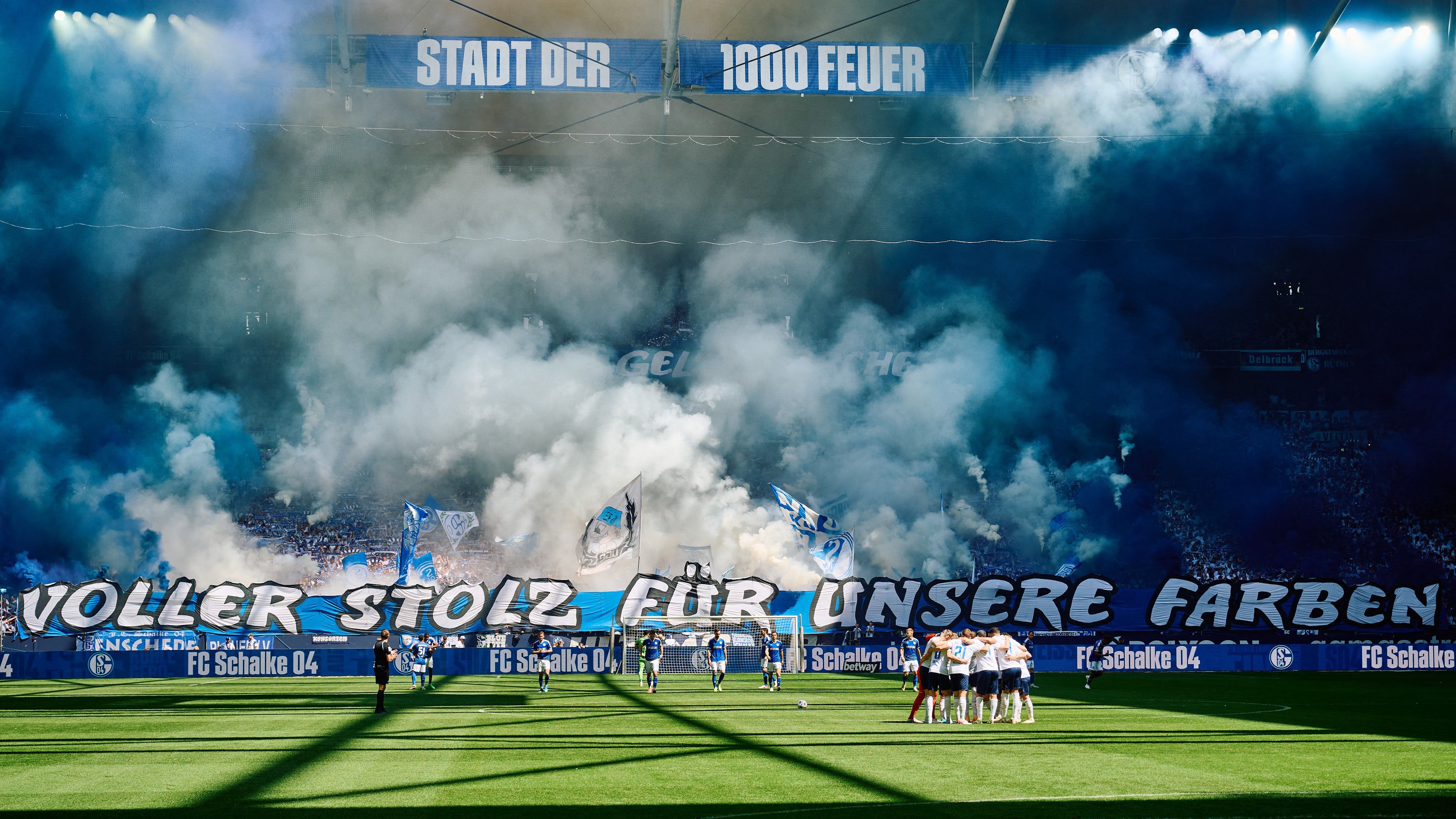The 2. Bundesliga, the second tier of German football, has always been interesting to watch. It is of such quality that many countries cannot boast of having a first division like it; the stadiums are always full, and the football played is offensive. However, in recent seasons, especially in the upcoming one, the 2. Bundesliga has become a graveyard of fallen giants. This makes the new championship, which will start this Friday with a match between the two main promotion favorites, Köln and Hamburg, all the more intriguing to follow. The numbers that Germany can boast for its second league are absolutely astonishing. Of the 18 clubs participating in it this season, as many as 12 have been champions of their country. Collectively, among them, they have won a total of 42 titles. But that’s not all…🔴⚪️ MATCHDAY! ⚪️🔴The moment we’ve all been waiting for us is. The football is back!50,000 and a floodlit Müngersdorf against HSV! 🤩___#KOEHSV #effzeh pic.twitter.com/dZk9zM9OwI— 1. FC Cologne (@fckoeln_en) August 2, 2024 Three second-tier clubs can boast European trophies. The most prestigious among them is Hamburger SV, which won the Cup Winners’ Cup in 1977 and the European Cup in 1983. Not counting the Intertoto Cup, UEFA crowned them twice. Schalke has one major international trophy, having won the UEFA Cup in 1997. Joining them is Magdeburg, with their Cup Winners’ Cup trophy from 1974. Magdeburg is one of the 12 champions, although they have never been the best in unified Germany. Their three titles come from the time when they belonged to East Germany, a country that no longer exists. The most decorated second-tier club is Nürnberg, having won nine titles, only surpassed by the untouchable Bayern with 33. However, most of Nürnberg’s successes were in the first half of the 20th century. The last time Nürnberg was champion was in 1968, and they almost won the Cup Winners’ Cup in 1963, only to be stopped in the semifinals by Atletico Madrid.The match between Hertha Berlin and Schalke 04 in Bundesliga 2 recorded more attendance than in the derby between Atlético de Madrid and Barcelona in La Liga this weekend.Amazing attendance for a 2nd division match. 🇩🇪😳 pic.twitter.com/X9Ut8wXnRS— Akinkunmi Dolapo Sporting Director⚡️✨ (@sportingdirecto) March 22, 2024 Last season, there were fewer trophy-laden clubs in the 2. Bundesliga, but this spring, Köln, which has three titles, was relegated from the Bundesliga. Darmstadt also went down, while Bochum retained its Bundesliga status by defeating Fortuna Düsseldorf in the relegation playoff. Compared to the previous championship, St. Pauli and Holstein Kiel (also a former champion) earned promotion, while Hansa, Osnabrück, and Wehen were relegated to the third tier. Taking their place are Ulm, Preußen Münster, and Jahn Regensburg. The competition system remains the same, with a double round-robin format totaling 34 rounds. The top two teams will be promoted directly to the Bundesliga, while the third-placed team will play a playoff against the 16th-placed team from the top flight. The two weakest teams in the 2. Bundesliga will be relegated to the third tier, while the 16th-placed team will play a playoff to maintain its spot.Xhaka: Leaving Arsenal for Leverkusen wasn’t a step back, but rather two steps forwardAnother aspect that sets this competition apart from all other second leagues in the world is the fact that matches will be played in five stadiums that recently hosted the European Championship. These are the Olympiastadion in Berlin, home to Hertha BSC; Schalke’s Veltins-Arena in Gelsenkirchen; HSV’s Volksparkstadion in Hamburg; the Merkur Spiel-Arena in Düsseldorf; and Köln’s RheinEnergieStadion. All five of these venues, along with Nürnberg’s and Kaiserslautern’s stadiums, have a capacity of 49,000 or more spectators. These stadiums are often filled to capacity during league matches.##NAJAVA_MECA_8249127##

